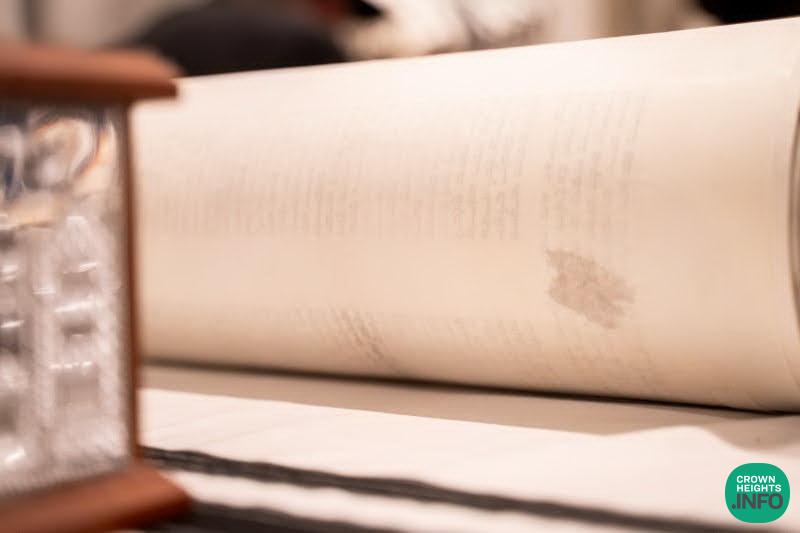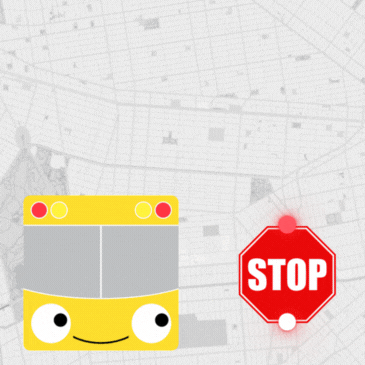
Weekly Dvar Torah: From Chaos to Unity and Redemption
As we pass through the somber days of the Three Weeks—mourning the destruction of the Holy Temples and our prolonged exile—we are gifted with a powerful spiritual guide in the form of the double Torah reading of Matos-Masei. These portions are not simply historical narratives, but rather eternal blueprints for transforming destruction into redemption, chaos into order, and mourning into joy.
The first of the two, Parshas Matos, opens with the laws of vows, underscoring the power of speech. A vow represents a person’s commitment to rise above temptation, often as a personal safeguard when one feels spiritually vulnerable. Yet, paradoxically, the Torah also provides a mechanism to annul vows through the wisdom of the sages. Why this seeming contradiction?
The answer lies in the purpose of creation itself. G-d created a physical world not to be avoided, but to be elevated. Ideally, we engage with the world according to Torah, sanctifying the mundane. But when we feel our footing is weak, a vow may help us refrain from falling lower. Once we regain strength—often with the help of wisdom and understanding—we no longer need external restraints. Vows are thus tools for the spiritually weak, but not the ideal for those who have matured in their connection with G-d.
This idea segues into a deeper message: the battle against Midyan. G-d commands Moshe to wage war against Midyan before his passing. Why is Moshe so central to this conflict? Because Midyan embodies strife, division, and emotional chaos—the very forces that destroyed the Second Temple and have kept us in exile for nearly two millennia. The name “Midyan” (מדין) is etymologically tied to Madon—quarrel and discord.
Chassidus explains that Moshe, uniquely, connects intellect to emotion—allowing the mind to govern and harmonize the seven diverse emotional attributes. In contrast, Midyan severs this connection, allowing emotions to run unchecked, creating extremism, imbalance, and conflict. Thus, only Moshe could subdue Midyan—only the power of intellect over emotion, of wisdom over chaos, can defeat the root of destruction.
This is more than historical. It is a personal mission for every Jew. In a world still fractured by Sinas Chinam—baseless hatred—and emotional chaos, we must each bring the “Moshe” within us to the fore. We must let our higher selves, our intellect and Torah values, guide our emotions. Only then can unity replace strife, and that’s how we usher in Moshiach.
This call to unity finds its most poignant expression in the life of Aharon HaKohen, whose passing is uniquely recorded in the Torah with its exact date—Rosh Chodesh Av. His Yahrtzeit, which marks the beginning of the Nine Days of intensified mourning, is not a contradiction but a beacon of hope. Aharon was beloved by all because he “loved peace and pursued peace.” While Moshe was revered, it was Aharon who was universally mourned, because his mission touched every Jew personally—he brought harmony into their daily lives.
In Aharon’s merit, the Clouds of Glory surrounded the Jewish people in the desert—wrapping each person equally, regardless of stature or merit. Unlike the Manna or the Torah, which depended on one’s spiritual level, the clouds enveloped all. This is Aharon’s message to us today: peace, blessing, and protection are for everyone. No detail, no personal struggle, no sin can prevent us from being embraced by G-d’s love when we embody the path of peace.
It is precisely in this period of national mourning that we read Parshas Masei, which lists the 42 journeys of the Jewish people from Egypt to the borders of the Land of Israel. According to the Baal Shem Tov, these journeys are not just physical—they reflect the inner journey of every Jew. Life is filled with stations: some uplifting, others difficult and painful. But each stop is part of a Divine plan. We are not wandering aimlessly. We are on a path that leads, unerringly, to redemption.
The names of the two portions themselves carry profound meaning. Matos means “staffs”—firm, unbending. It represents strength and resolve in the face of adversity. Masei means “journeys”—movement and progress. Together, they tell us: even in exile, stand tall and keep moving forward. Don’t break under pressure. Don’t stagnate in sorrow. Journey with purpose. This message climaxes with the communal proclamation at the end of the Book of Bamidbar: Chazak, Chazak, V’nischazek—“Be strong, be strong, and we shall be strengthened!”
And where are we traveling? To the Promised Land. In Parshas Masei, the Torah outlines the borders of the Land of Israel. Why such detail? Because most Mitzvos are tied to this land. The borders define where G-d’s commandments come to life in their fullest form. But more than geography, the concept of borders reflects a divine paradox: the infinite G-d made Himself finite so we could connect to Him through action. He created a land, defined it with boundaries, and declared it holy—so that our plowing, sowing, and harvesting could be acts of divine service.
Even the names of Israel’s borders contain profound hints. The Jordan River—Yarden in Hebrew—comes from Yerida, descent. G-d’s presence descends into this world. The Kineret (Sea of Galilee) comes from Kinor, a fiddle—symbolizing joy and song. Together they teach us: when we draw G-dliness into our lives (Jordan), we bring joy to G-d and creation (Kineret).
This also explains why G-d chose the Jewish people and the Land of Israel. Not because they were greater or more righteous—G-d’s choice was beyond logic. The land and the people are intertwined. Just as the Jews chose the Torah unconditionally at Sinai with Naaseh V’nishma, so too they are the ones who can bring Torah to life in the Holy Land. It’s a perfect match—chosen people and chosen land—sanctified for an eternal bond.
Even in exile, even when we fail, it doesn’t change anything. G-d’s choice endures. The land remains holy. The people remain holy. G-d’s bond with us is unbreakable. Ask any anti-Semite or look at any UN debate—you’ll see that the world instinctively recognizes the eternal uniqueness of this people and this land.
And so, during these weeks of mourning, we do not sink into despair. Quite the opposite. We are reminded of the love of the daughters of Tzelofchad for the land. We are reminded of Moshe’s ability to bring order to chaos. We are reminded of Aharon’s boundless pursuit of peace. We are reminded that our journey has 42 steps—no more, no less—and that each step brings us closer.
The journey may have been long, but its end is certain and near. The mourning will turn to dancing. The clouds of glory will wrap us once again. The land and the people will reunite. The Third Beis HaMikdash will descend from Heaven, and Moshiach will lead us through its gates.
So let us stand tall like Matos. Let us move forward like Masei. Let us cry for the past but yearn for the future. Let us pursue peace like Aharon. And let us declare with confidence: Chazak, Chazak, V’nischazek!—May we all be strengthened, together, in the light of redemption.
Have a Shabbos of Unity and Redemption,
Gut Shabbos
Rabbi Yosef Katzman












